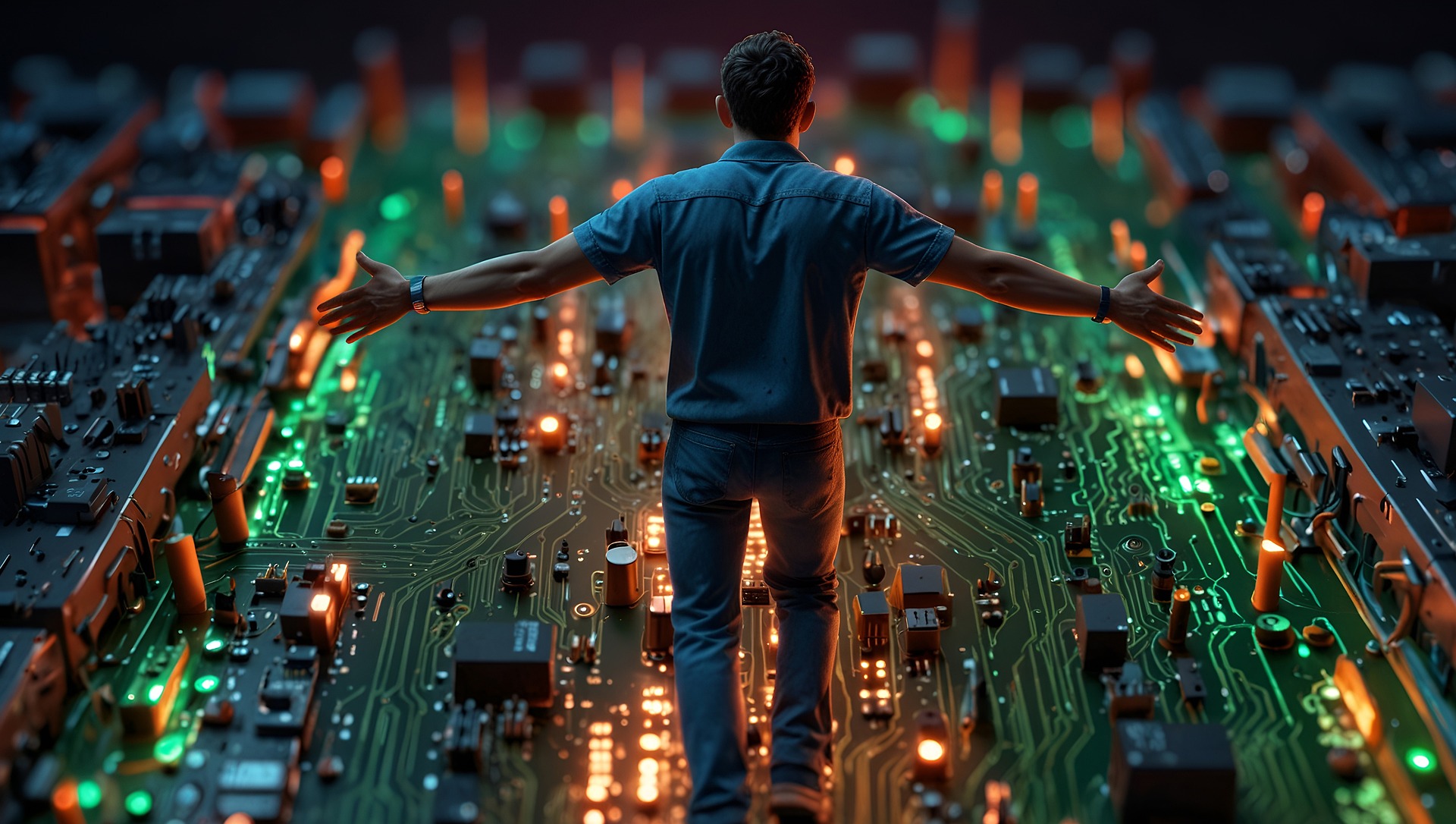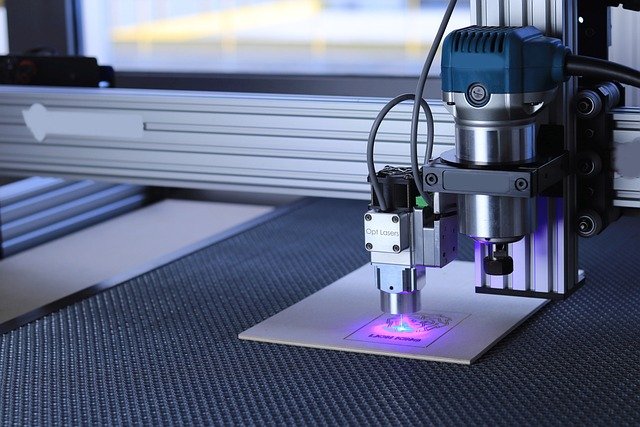Empowering the Future: The Power of Neuromorphic Chips in Advanced Computing
Neuromorphic Chips, a rising force in the tech world, are transforming the future of computing. These chips, inspired by the human brain's structure and function, are set to revolutionize the way computers process information. This article delves into the realm of Neuromorphic Chips, exploring their potential applications and benefits in advanced computing.

A New Era in Computing: The Rise of Neuromorphic Chips
Neuromorphic Chips, or “brain-like” chips, represent a shift away from traditional computing paradigms. Instead of processing data sequentially, these chips mimic the simultaneous, parallel processing capabilities of the human brain. This not only enhances their computational speed but also significantly reduces their power consumption, making them perfect for high-performance computing applications.
The Power of Neuromorphic Chips: Speed and Energy Efficiency
One of the standout features of Neuromorphic Chips is their extraordinary speed. Unlike traditional chips, which need to fetch and decode instructions before executing them, Neuromorphic Chips can execute multiple instructions simultaneously. This gives them a significant speed advantage. Moreover, because they only consume power when they’re actively processing, these chips are incredibly energy efficient.
Transforming the Tech Landscape: Applications of Neuromorphic Chips
Neuromorphic Chips are poised to make significant contributions to several tech sectors. Their speed and efficiency make them ideal for artificial intelligence (AI) applications, particularly those requiring real-time processing, such as autonomous vehicles and drones. In addition, their energy efficiency makes them a promising solution for portable devices and IoT gadgets.
The Challenges and Potential Solutions
Despite their potential, Neuromorphic Chips face several challenges. Their unique architecture makes them difficult to program, and they require specialized hardware to run. However, researchers are already developing new programming languages and tools to overcome these hurdles. Furthermore, the Neuromorphic Chips’ potential benefits, such as speed, efficiency, and adaptability, far outweigh these initial challenges.
- Neuromorphic Chips emulate the human brain’s structure, allowing for parallel processing of data.
- These chips are energy efficient and only consume power when actively processing.
- They are ideal for real-time AI applications and energy-constrained devices.
- The challenges include programming complexity and the need for specialized hardware.
In the rapidly evolving tech landscape, Neuromorphic Chips represent a significant leap forward. Their unique capabilities, including incredible speed and energy efficiency, make them a game-changer in advanced computing. While they face some challenges, the potential of these chips is immense, promising a new era of high-performance, energy-efficient computing.




